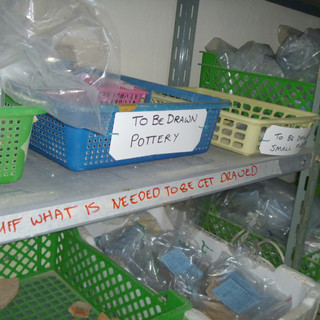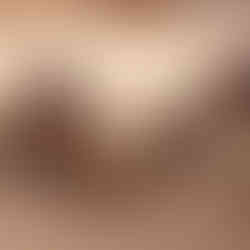Archaeological Illustration
- Lauren Sahu-Khan
- Mar 20, 2019
- 3 min read

Do you ever look back at you life and surprise yourself in remembering some of the things you have done or achieved? Well, one of these things for me is that I once spent a month working as an archaeological illustrator on a dig site in Jordan that has artefacts indicating over half a million years of almost constant human occupation. Crazy, right?!
The opportunity came to me through the Natural History Illustration degree at the University of Newcastle and the University's affiliation with the Near Eastern Archaeological Foundation ('NEAF') at the University of Sydney. NEAF has been excavating a site called 'Pella' in Jordan for the past 38 years. Every two years, a team of archaeologists, specialists and volunteers travel to Jordan to continue digging and making amazing discoveries. In 2011, nearing the completion of my degree and still unsure of what direction in which to take my career, and with an interest in ancient history, I took the chance to join that year's team and experience working as an archaeological illustrator.
As you may have guessed, I did not ultimately continue pursuing archaeological illustration as my career, but that's not to say that the experience was not amazing! I spent three weeks drawing the artefacts that had been dug from the site, listening in amazement to the extensive knowledge of Dr Stephen Bourke (head archaeologist) of the site's history and experiencing a completely different culture in a country very much unlike any I had been to before.
The drawing work itself is very precise, sometimes tedious work. There are specific rules that must be followed to accurately record the information that may be derived from each particular artefact and precision to the millimetre is essential. You've got to have a steady hand! Any mistakes once you begin inking the work means starting over. Here is an example of some drawings of pot 'sherds' in the style required by the NEAF. By using stippling, ruled and/or free-hand drawn lines, cross-sections, a diameter board etc. important information about the size, shape, purpose, decoration/original colours and formation of each sherd is recorded in these deceptively 'simple' drawings. The marks made to the left of the centreline represent what may be seen on the vessel's exterior, the marks to the right of the centreline detail the features of the interior and indicate the thickness of the vessel wall via the blacked-out cross section.

Anyway, lets just get to some photos and so you can see what it was like to live and work in Pella (read the captions for details/info).
Pella, Jordan-
The Dig House
Illustrating Archaeology
Though I was in Jordan to work, there were plenty of opportunities to explore the country as well. Every Friday was a 'day off' where the volunteers were taken on day trip excursions to other amazing ancient sites and tourist spots around the country. I also spent a week travelling and exploring with some of the team for a week following our time working in Pella. We travelled south to the absolutely stunning Petra and Wadi Rum! We also had the opportunity to explore the country's capital , Amman.
Touring Jordan
All in all, my trip to Jordan and experience working as an illustrator on an archaeological dig was amazing and well worth remembering!
Thanks for reading!
Lauren.


















































































































